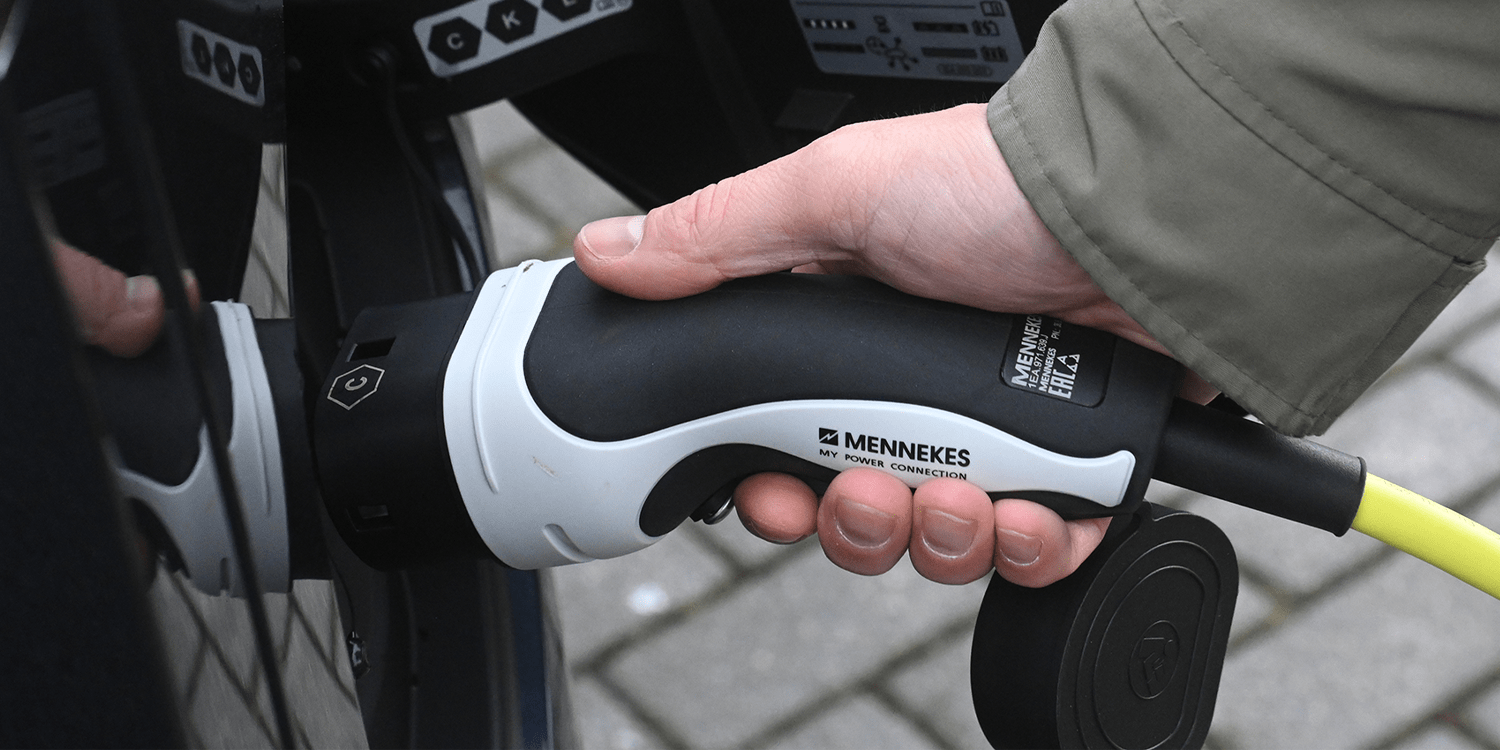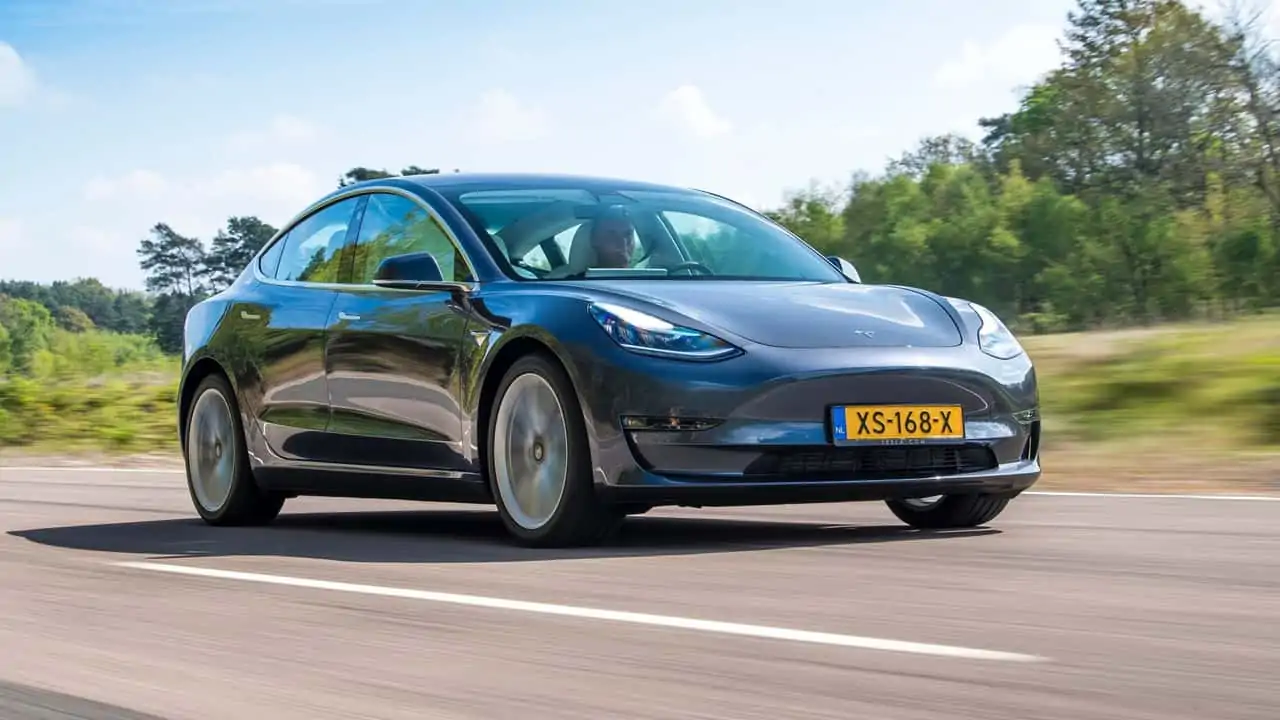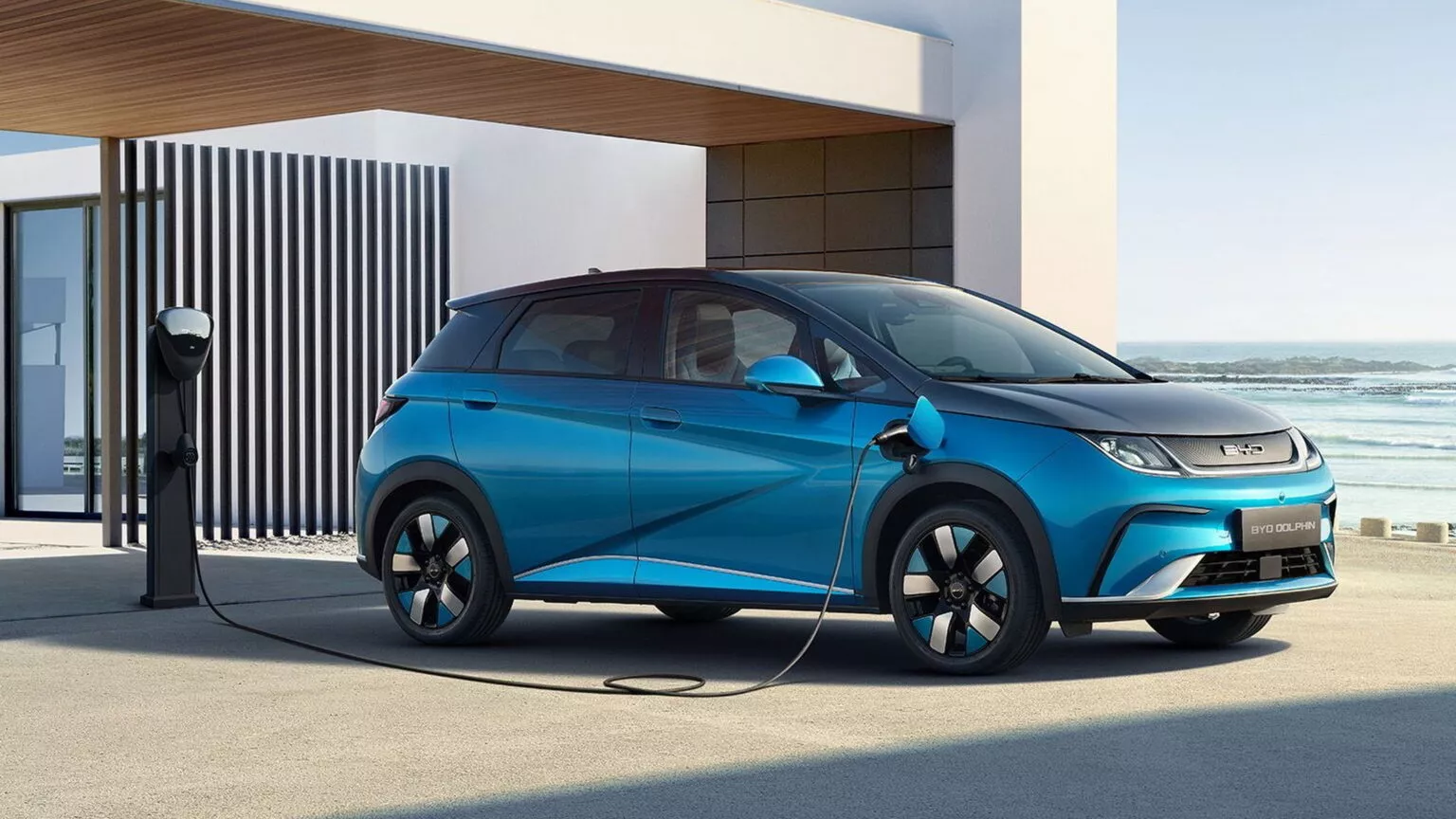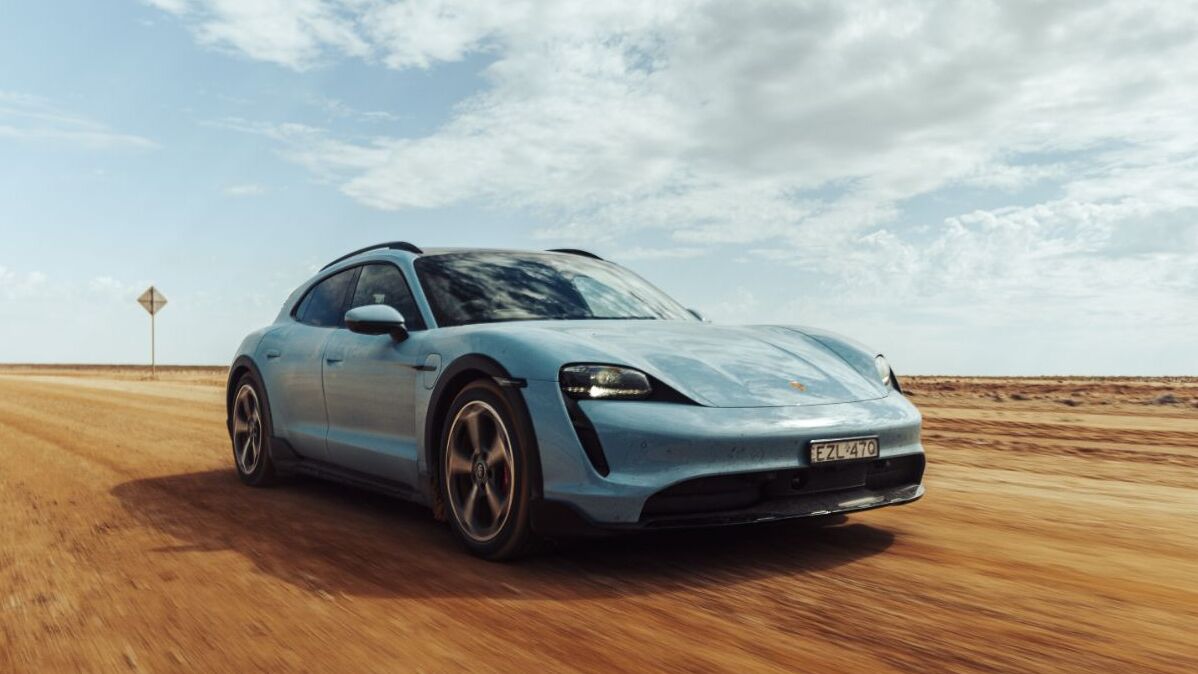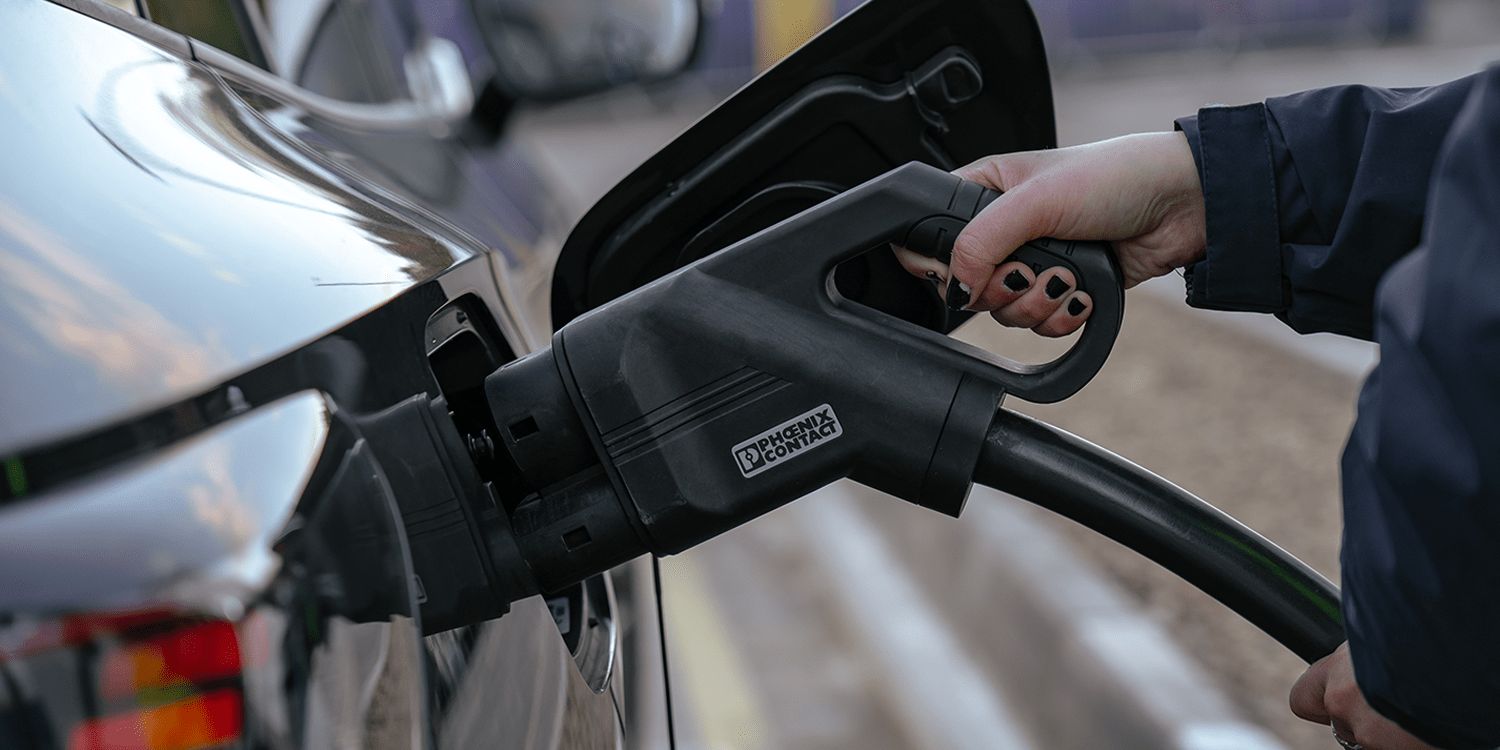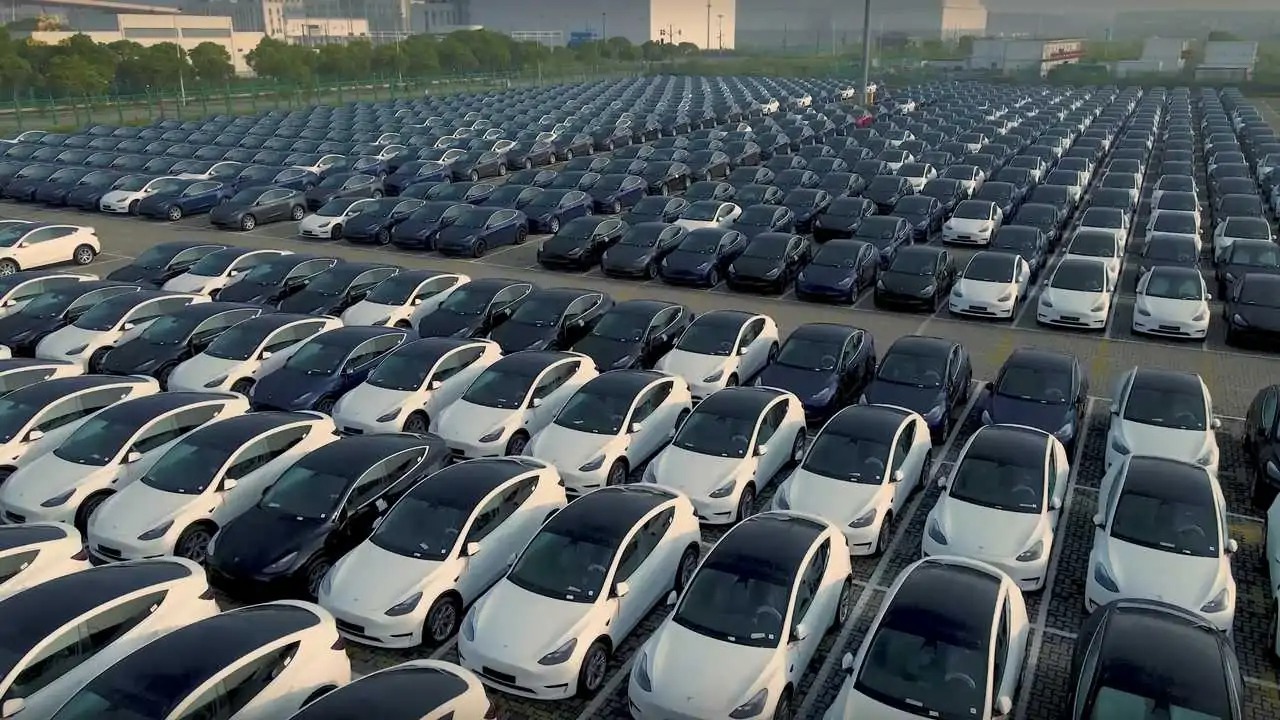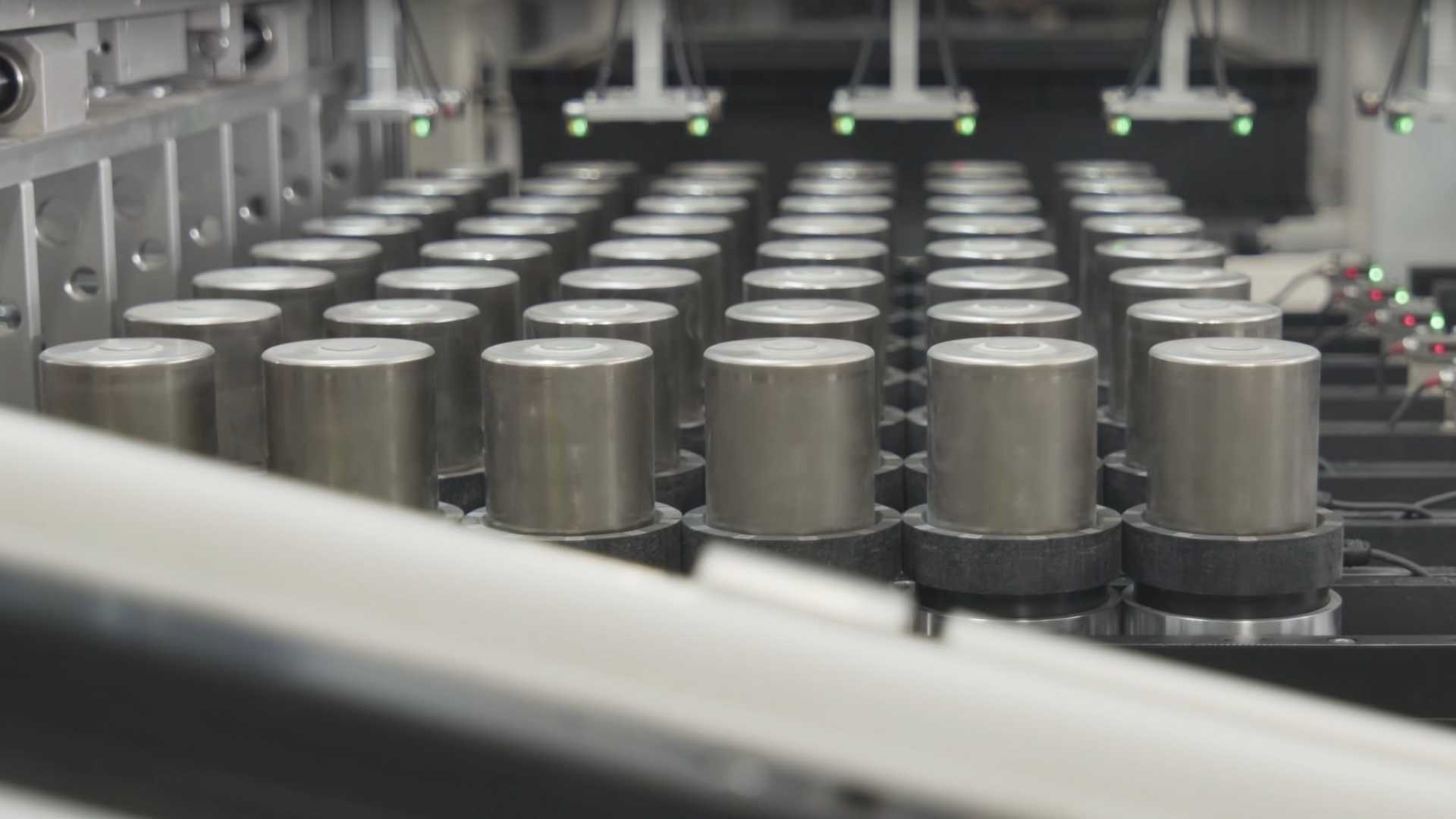In the ever-evolving realm of the automotive industry, a confluence of factors has drastically transformed the landscape within just a span of three years. From pandemic-induced disruptions to the ascent of electric vehicles and shifting consumer preferences, automakers find themselves navigating a turbulent yet exciting era.
Since the onset of the pandemic, an interesting trend has emerged: the resurgence of interest in luxury vehicles. While this may appear as a boon for automakers due to their higher margins, it’s important to note that luxury vehicles still account for a modest 20 percent of the market. Intriguingly, this segment witnesses a fierce competition, with 22 brands vying for that coveted 20 percent, almost matching the 27 brands in the race for the remaining 80 percent of the market.
Simultaneously, the burgeoning investments in electric vehicle production exert additional pressure on automakers. S&P Global’s projection that there will be a staggering 200 electric models on sale by 2026, with a predicted crossover point with hybrid and internal combustion engine sales by 2029, underscores the immense challenges ahead. More models in the market mean intensified marketing efforts for automakers.

In the year 2018, the average sales per vehicle nameplate in the U.S. stood at a robust 49,000 units. Fast forward to 2027, and that number is anticipated to drop to 36,000. This decline is attributed to automakers’ efforts to cater to the diverse tastes of customers by offering electric, hybrid, and internal combustion vehicles. Fortunately, consumers appear to be equally ambivalent at this juncture; seven out of ten cases reveal that an electric vehicle joins a garage without displacing another vehicle.
However, the scenario is far from straightforward for manufacturers. The era of steadfast brand loyalty is waning, with a meager 53 percent of shoppers considering themselves brand nomads in 2022. Of this group, around 60 percent are expected to switch brands during their next vehicle purchase. In essence, automakers find themselves in a precarious position: they must vie vigorously for sales in an environment of wavering loyalty, all while grappling with constrained advertising budgets due to the proliferation of models.
S&P Global posits that the future success of automakers hinges on their ability to target buyers with pinpoint precision. This necessitates a voracious appetite for data and the adept analysis of this treasure trove to identify the right households. In an era where the rules of engagement are rapidly evolving, adaptability and data-driven strategies become the linchpins for the survival and success of automakers in this dynamic landscape.

